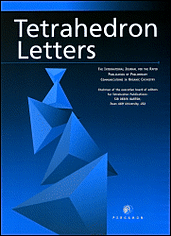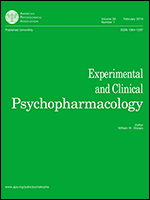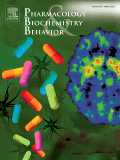
“Allosteric modulators of G-protein coupled receptors (GPCRs) hold the promise of improved pharmacology and safety over typical orthosteric GPCR ligands.
These features are particularly relevant to the cannabinoid receptor 1 (CB1R) GPCR, since typical orthosteric CB1R ligands are associated with adverse events that limit their translational potential.
Areas covered: The contextual basis for applying allostery to CB1R is considered from pharmacological, drug-discovery, and medicinal standpoints.
Rational design of small-molecule CB1R allosteric modulators as potential pharmacotherapeutics would be greatly facilitated by direct experimental characterization of structure-function correlates underlying the biological activity of chemically-diverse CB1R allosteric modulators, CB1R allosteric ligand-binding binding pockets, and amino acid contact residues critical to allosteric ligand engagement and activity.
In these regards, designer covalent probes exhibiting well-characterized molecular pharmacology as CB1R allosteric modulators are emerging as valuable molecular reporters enabling experimental interrogation of CB1R allosteric site(s) and informing the design of new CB1R agents as drugs.
Expert opinion: Synthesis and pharmacological profiling of CB1R allosteric ligands will continue to provide valuable insights into CB1R structure-function correlates. The resulting data should expand the repertoire of novel agents capable of exerting therapeutic benefit by modulating CB1R-dependent signaling.”








